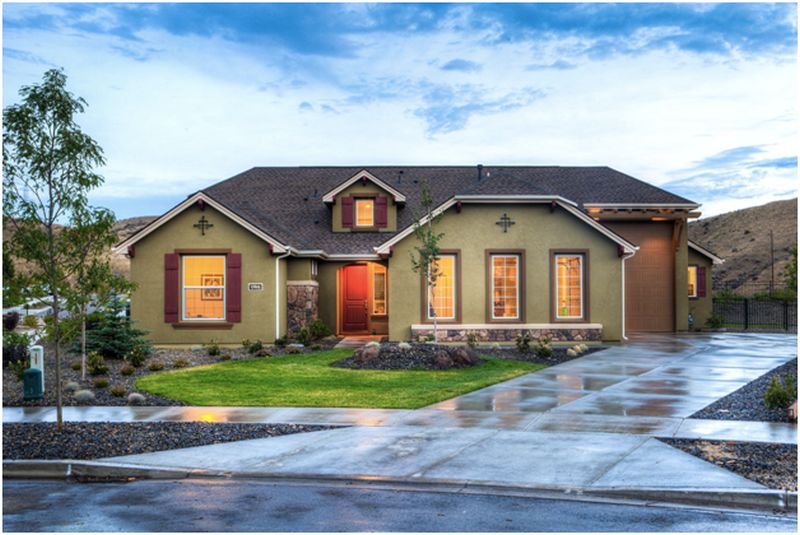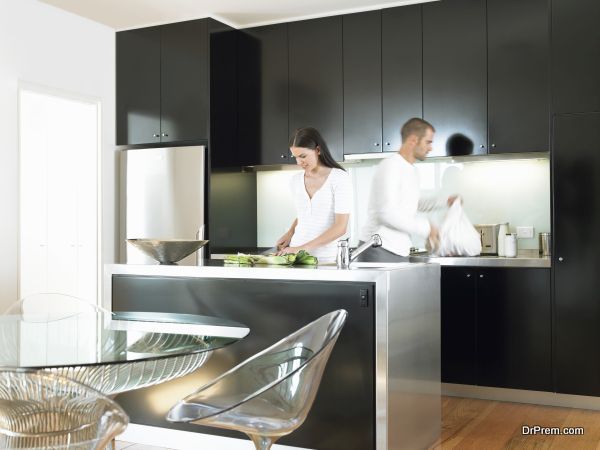Building your dream home is always an exciting milestone in every homeowner’s life. There are just so many possibilities, choices, and designs you can do that you may tend to feel overwhelmed at some point, but ultimately ecstatic.
And who wouldn’t be excited about a new house? Before you get to unlock the front door, however, there are a couple of things you’ll need to consider when purchasing a home, especially if you’re a first-time homeowner.
1. Budget and Costs
Building a new house from scratch is no small feat. It takes a lot of effort, time, and of course, budget to build a house. Look at the budget you’ve set aside for your total house construction cost. Is it realistic, and can you stick to it? Your contractor should be able to help you with an estimated quotation for the scope of your project.
Too often have there been cases of homeowners biting off more than they can chew, and going way beyond their budget. They are left with their dream home, but with a hefty cost attached to it that the homeowner will have to pay in the coming decades. Avoid going over budget, and work out the costs with your contractor.
2. Design Aesthetics and Materials
If you’ve seen a Nordic-style home in a magazine and thought to yourself that it’s the exact design you want, then you may need to consider the materials and maintenance costs of the design as well. Not all materials are easy to procure, while some materials may not be as durable as they seem in magazine photos.
An interior designer would be able to discuss home design and materials used for the design with you. It is best to choose durable and sustainable materials as these will provide you with the longest-standing home furnishings over other materials.
3. House Functionality
Consider upgrading your home into a smart home! A smart home is an automated home where you can conveniently control household appliances from a single point. While you don’t have to create the home of the future, you can make your living space more comfortable with automated appliances, lights, and air conditioning systems.
Plus, a house is meant to be functional and eye-catching. Set aside a space for your automated vacuum cleaning robot, or consider using centralized air conditioning instead of individual air conditioners in each room. Tackle those house chores the smart way!
4. Allotted Space
Next, consider if you even have the space to place all these design pieces and appliances. You may not have enough space to place a large, hanging chandelier if your home has low roofing. Stick to furniture and fixtures that you have space for to ensure you have ample space to relax in your own home.
If your space does not allow for a wide home, level up and consider a tall home design instead to make the most out of your space. Alternatively, if you don’t care for gardens, you can turn the garden into an extension of your home as well. Work with your space, and personalize it to make it truly your own!
5. Neighborhood
Be a good neighbor, and consider the neighborhood you live in when deciding about your home design features. Loud sound systems and bright outdoor lights may not fare well in quiet suburban areas, but will be no problem in places with bustling nightlife.
Considering the overall personality of your neighborhood helps you to avoid problems with your neighbors in the future, especially those who can be particularly nosy. Some neighborhoods may also have height limitations for homes, and restrictions on construction noise levels, so check on those with your contractor before you begin construction!
6. Weather and Seasons
Don’t forget that nature plays a huge role in your home design! The weather and seasons change frequently, and your home should be able to adapt to the changing seasons regardless of the design. Outdoors, refrain from using a lot of wood and porous stones if you live in a predominantly rainy area, and weather-proof your design features.
Indoors, make sure to take note of the sunlight that gets into the house when deciding where to place the kitchen, your indoor garden, or laundry area. A room that gets more sunlight than others is ideal for gardening and laundry, but won’t do well with kitchens where the food may spoil under the intense heat. Consider these factors when designing your home!
Article Submitted By Community Writer




